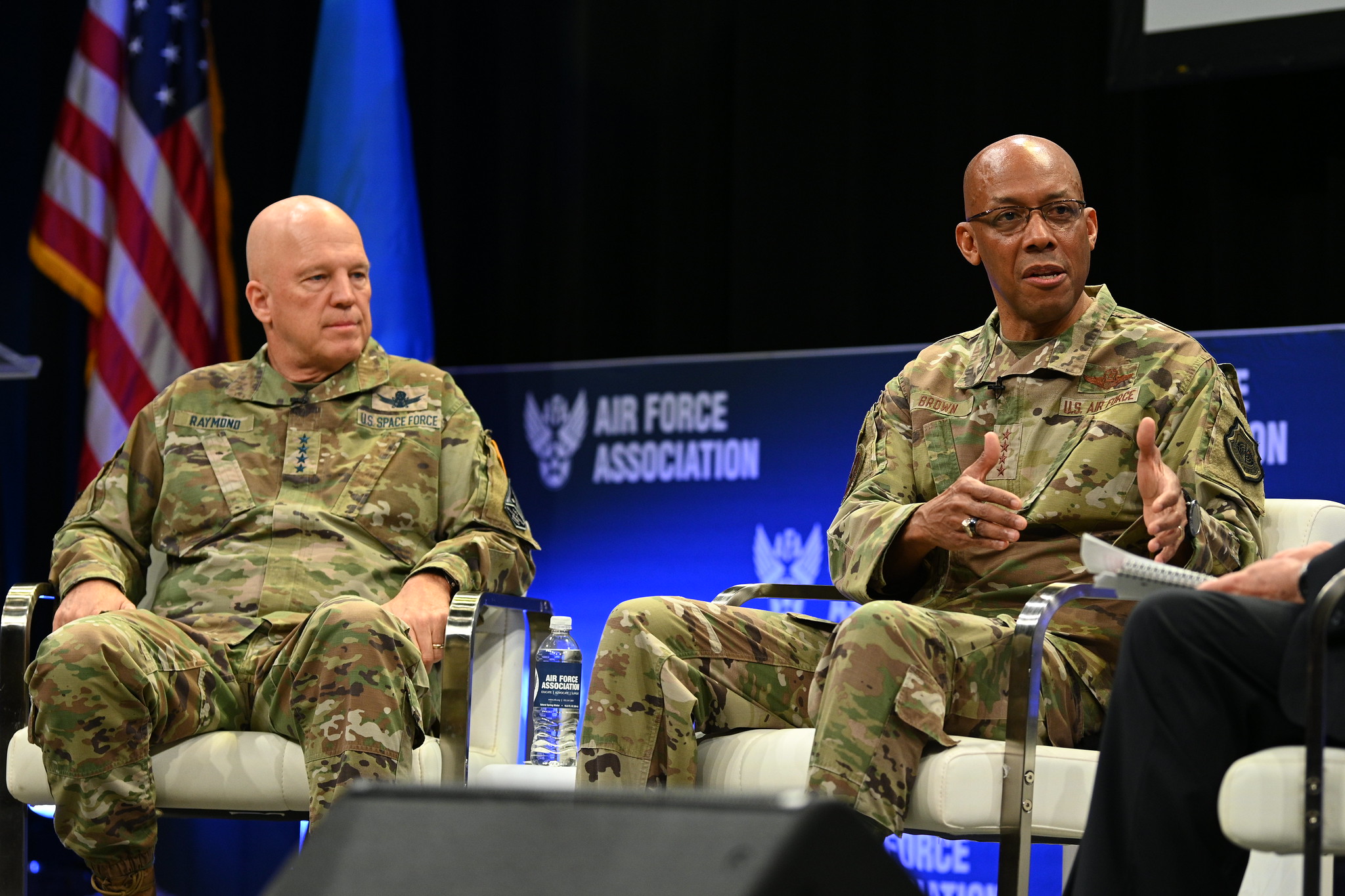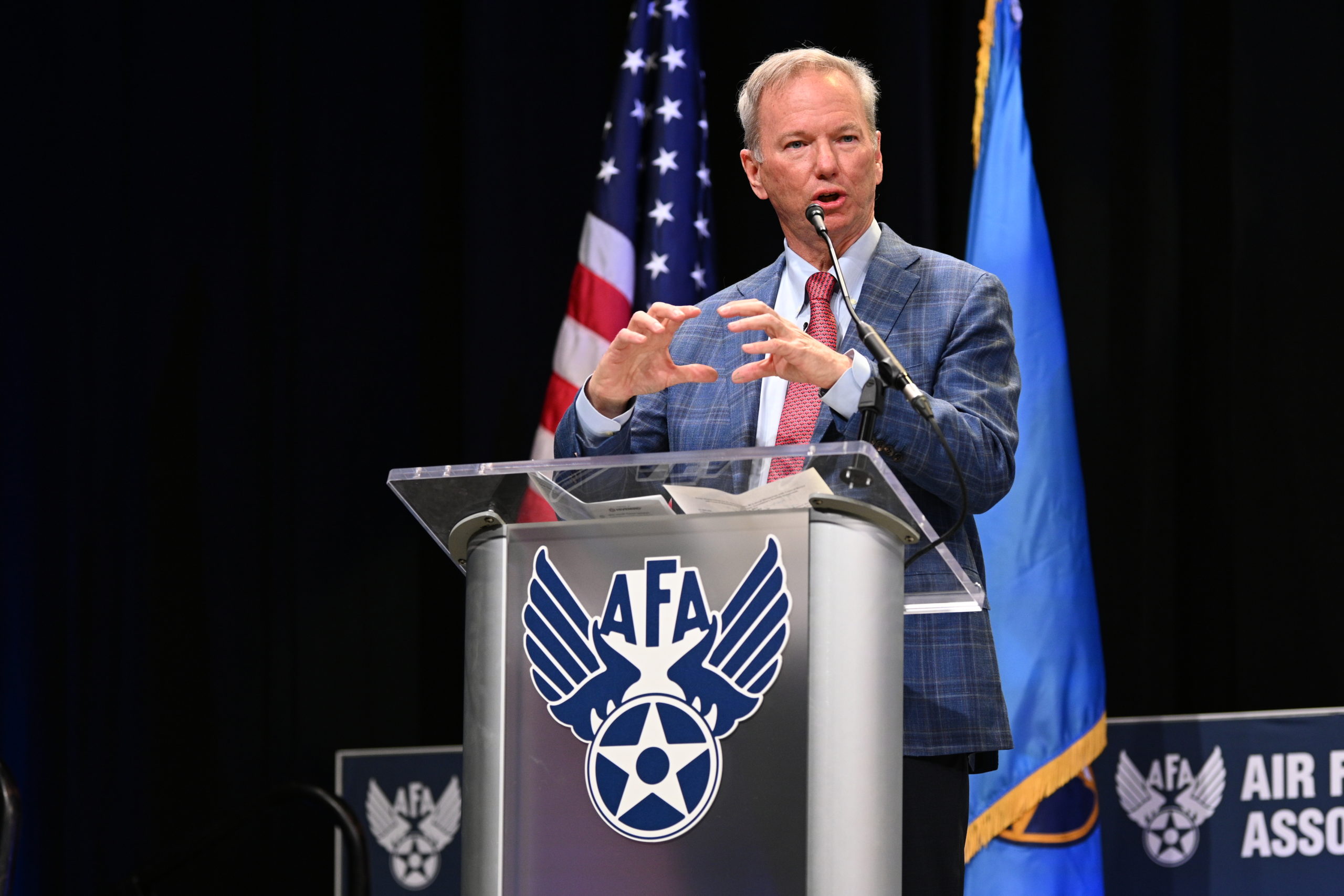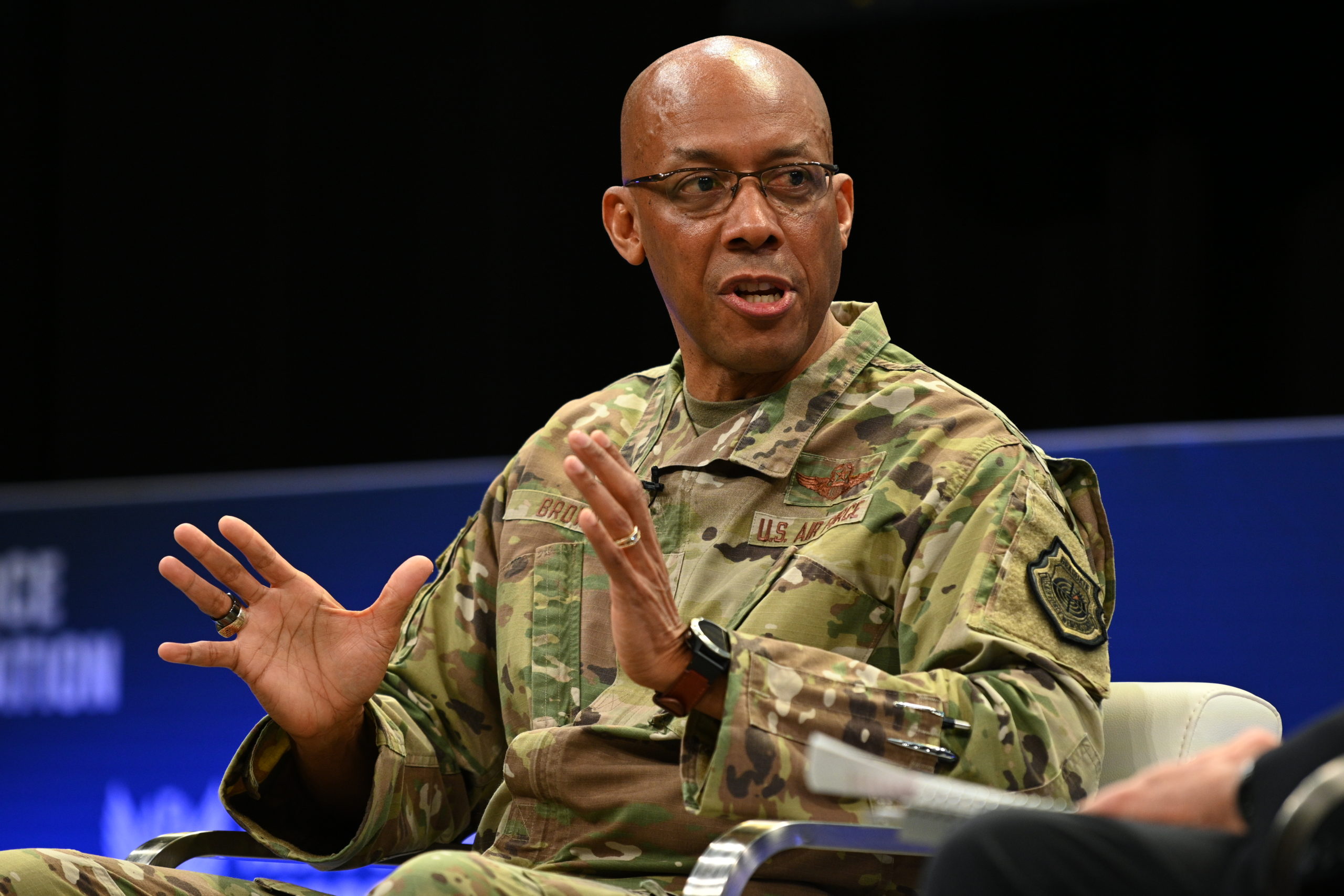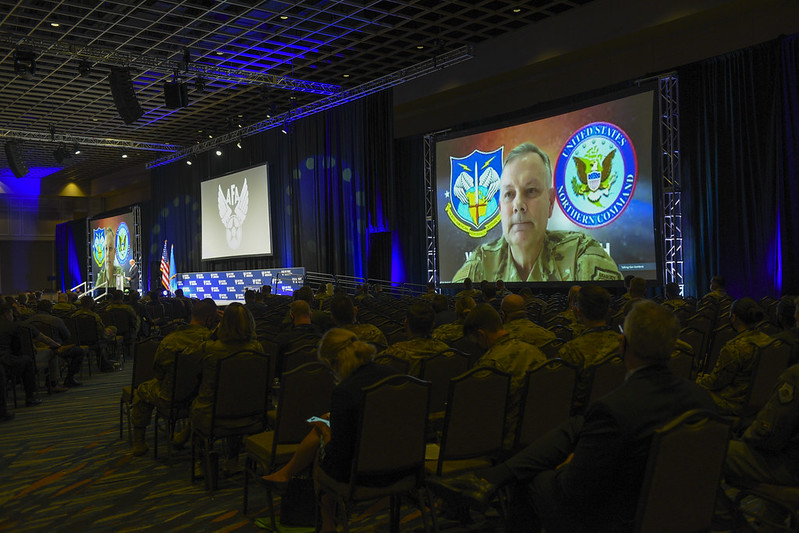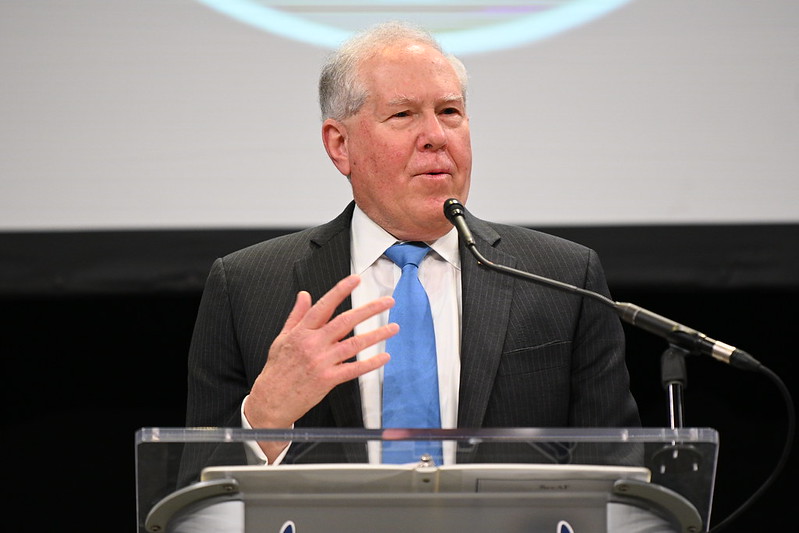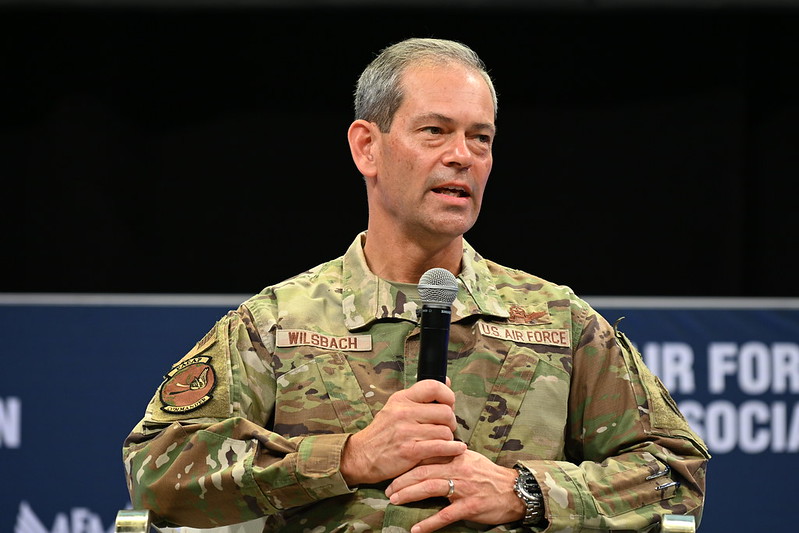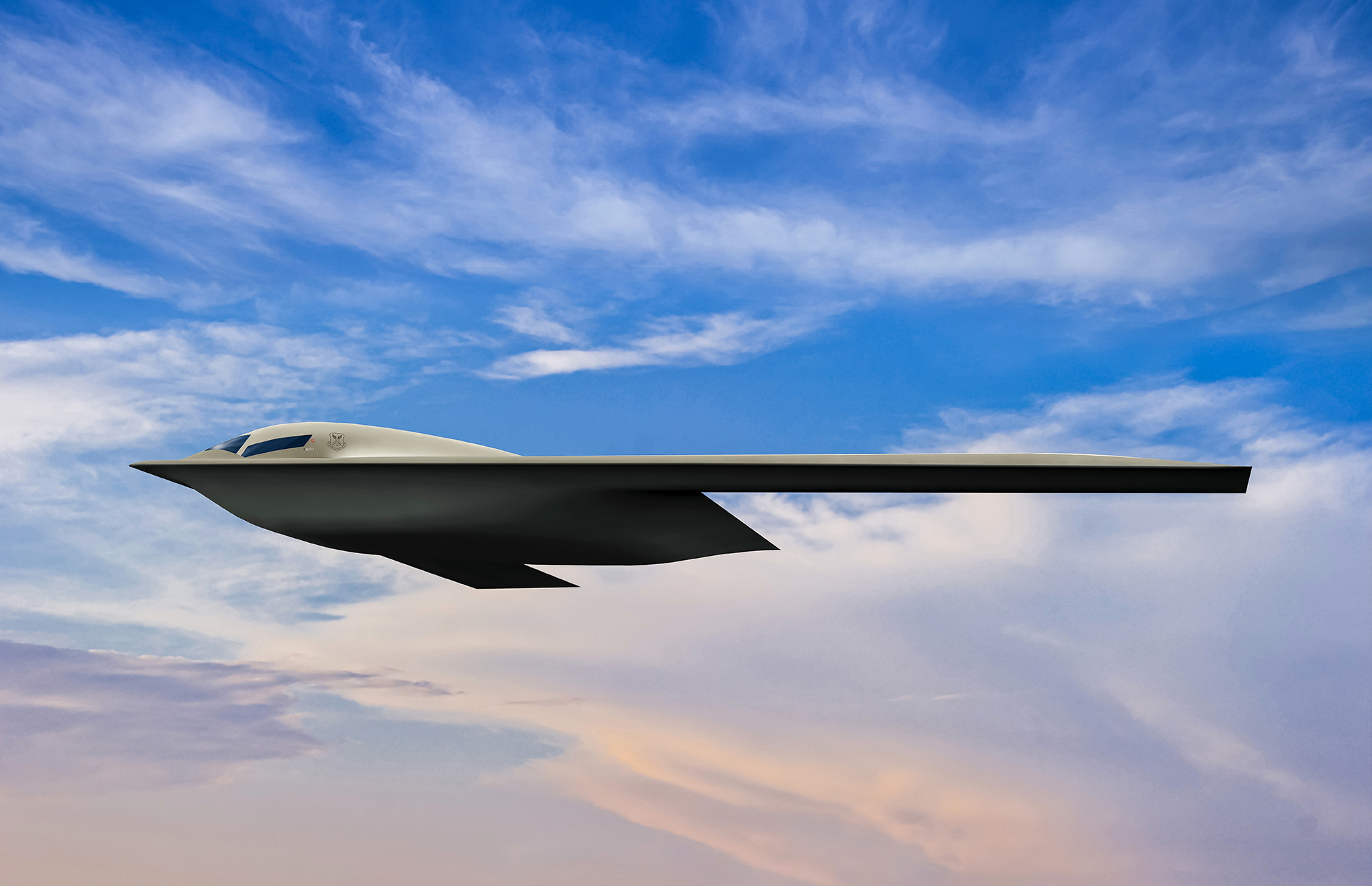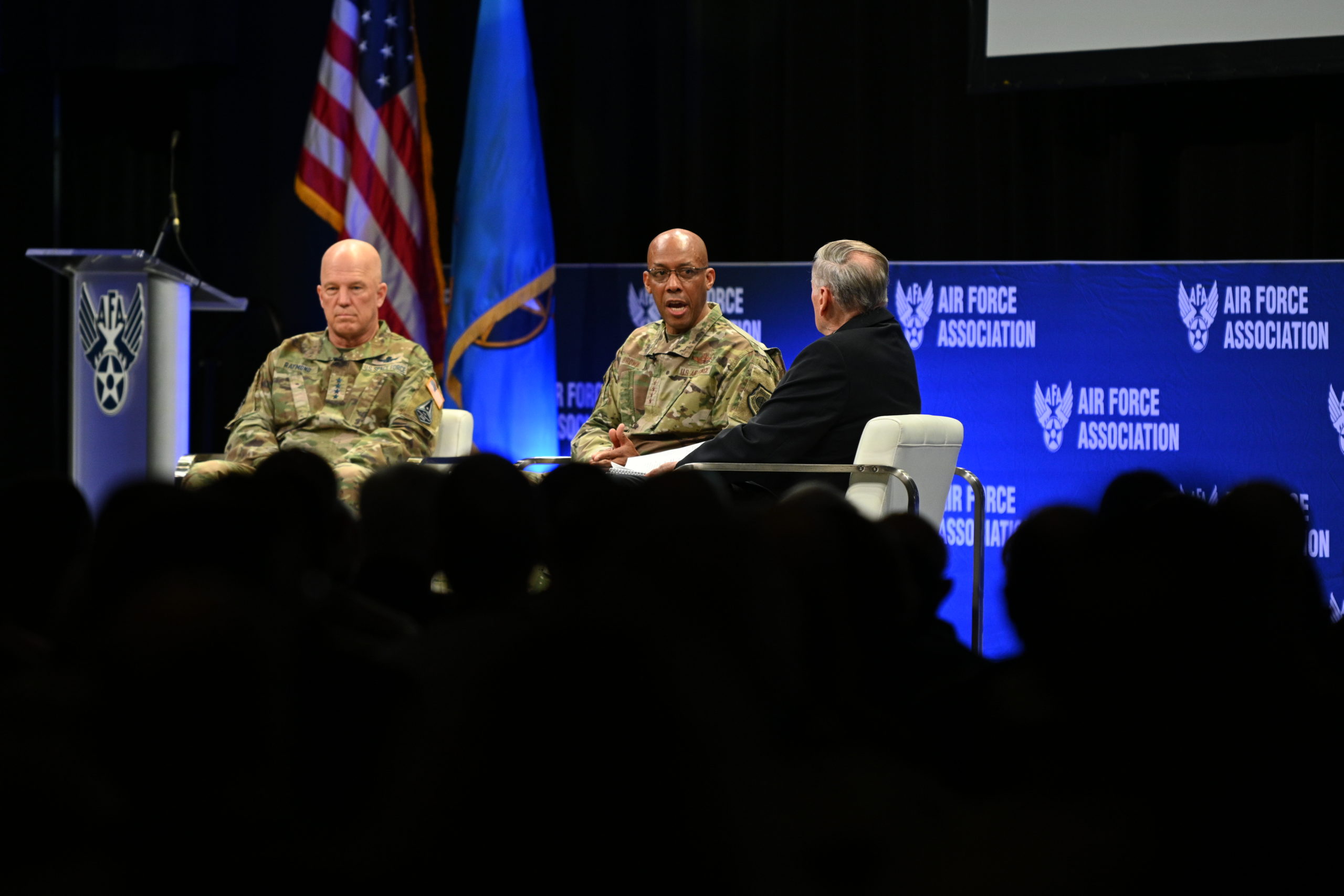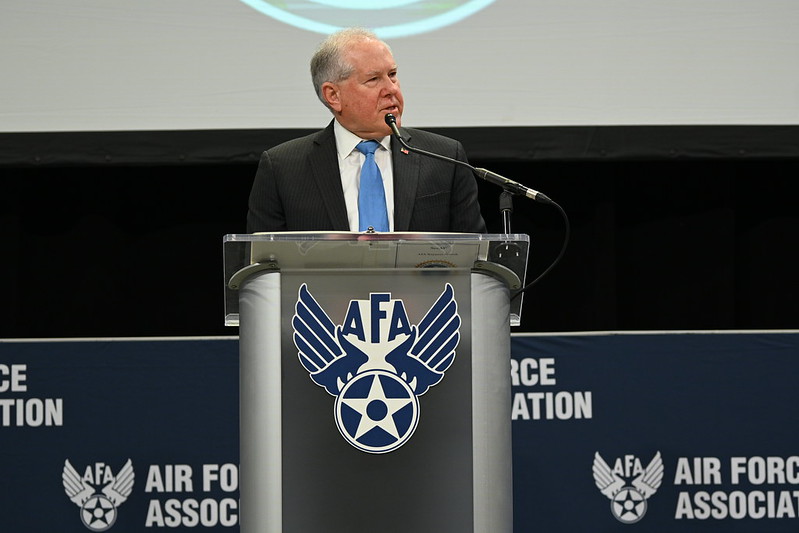The aerospace industrial base could pose a risk to U.S. national security because of lack of parts for aging systems, inattention to the future workforce, and the uncertainty that’s historically surrounded the success of space companies.
Air Force Chief of Staff Gen. Charles Q. Brown Jr. and Space Force Chief of Space Operations Gen. John W. “Jay” Raymond addressed issues at the AFA Warfare Symposium in Orlando, Fla., on March 3.
Raymond cited a report by the Air Force Research Laboratory and Defense Innovation Unit that called the industrial base “tactically strong but strategically fragile.” He said in the past, proposed activity in the space sector has fizzled out.
“We need this to materialize,” Raymond said.
The report “State of the Space Industrial Base 2021: Infrastructure and Services for Economic Growth and National Security,” published in November 2021, posits that increasing Pentagon spending on commercial space technology would prompt private investors to invest even more. Its authors deemed that sustaining investors’ confidence was a “major concern” requiring “urgent action.
Raymond told the crowd at AWS22 that the Space Force perceives “opportunities for a national-level vision on the industrial base.”
On the Air Force side, Brown says he worries about the age of the fleet and “manufacturing resources where the company that actually built … whatever it is doesn’t exist anymore.” Not only is he concerned with DOD’s external suppliers but “bits of our depot as well that may not be effective.”
“If we had to surge, we’d be challenged,” Brown said.
The ability to diversify—to work with more, smaller companies—could help.
“They’re all patriotic, and they want to work with us, but we can’t make it so hard,” Brown said, referring to the hassle of navigating the DOD’s acquisition processes.
Brown also brought up the future workforce as “something we need to pay attention to” by emphasizing education in the STEM disciplines of science, technology, engineering, and math.
“We do not want it to atrophy,” Brown said. “We want that workforce to be here when we need them.”
